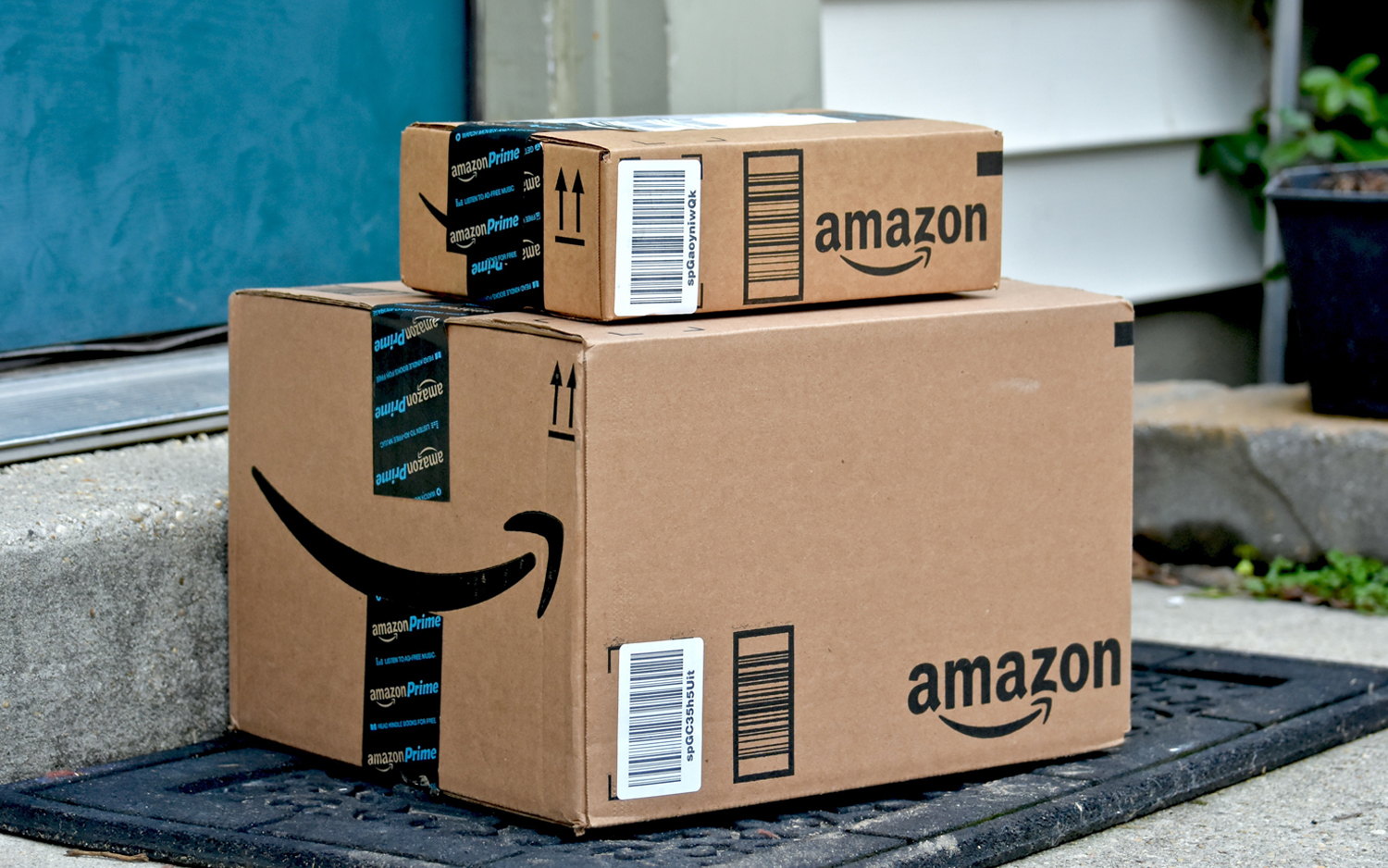Alexa Voice Shopping Is Way Less Popular Than We Thought
A new report says that voice shopping through Amazon's assistant is struggling to take off.
Have you made a purchase with Alexa? If you haven't, you're far from alone, according to a report from The Information.

The report, citing "two people briefed on the company's internal figures," claims that only about two percent of Alexa-enabled-device owners have actually used voice shopping in 2018.
Amazon has sold about 50 million Alexa devices, and third-party devices make up a small fraction of that market. In total, that makes about 100,000 users who have voice shopped this year. What's looks even more dismal is that 90 percent of the users who tried voice shopping didn't try it again.
Apparently, those who voice shop tend to buy home goods such as paper towels and detergent the most.
MORE: The Best Products That Work With Amazon Alexa
This report contradicts a number of other sources, including Amazon itself. A spokesperson told The Information that “Millions of customers use Alexa to shop because it is the most convenient way to capture needs in the moment."
A 2017 survey from Narvar concluded that 29 percent of smart-device owners use voice shopping, and that 41 percent would like to use it in the future.
Sign up to get the BEST of Tom's Guide direct to your inbox.
Get instant access to breaking news, the hottest reviews, great deals and helpful tips.
While this figure presumably included Google-Assistant and Siri users as well, the fact that these assistants can't pull directly from Amazon probably means that their market share is significantly less than Alexa's.
A June survey from Voicebot.ai estimated that 26.1 percent of smart-speaker owners have made a voice purchase. Voicebot.ai also found that 21.2 percent of all U.S. adults have engaged in "voice shopping activity." This includes purchasing, price lookups, product comparisons or product searches. Voicebot.ai's polls revealed that the most common purchases to be apparel, rather than household items.
And a study from NPR and Edison Research was even more optimistic, estimating that 25 percent of smart-speaker owners have added an item to a shopping cart, 17 percent have ordered a new product not purchased previously and 17 percent have re-ordered a product previously purchased.
What could account for this discrepancy? A number of the above studies are U.S.-based, while Amazon could be looking at worldwide figures. Amazon could also be looking specifically at smart-speaker purchases, where some of the above studies include purchases on smartphones (Voicebot.ai's study attributed over half of voice purchases to smartphones).
Monica Chin is a writer at The Verge, covering computers. Previously, she was a staff writer for Tom's Guide, where she wrote about everything from artificial intelligence to social media and the internet of things to. She had a particular focus on smart home, reviewing multiple devices. In her downtime, you can usually find her at poetry slams, attempting to exercise, or yelling at people on Twitter.
-
Brad_53 I don't use voiceshopping or the scanner wand thing. I feel the need to check pricing before I make a reorder as often the seller I ordered from last time isn't the lowest price this time and I don't trust Alexa to price shop for me (or correctly).Reply -
glennquagmire911 According to Business Insiders electronic shopping tools analyzer, only 193 people tried to use Alexa to shop from Amazon with only 91 being successful all the way to check out and only 57 of those repeated that method of shopping with 41 of those ordering the exact same item.Reply
Whose numbers are we to believe? -
jsmithepa First off, until voice command is as natural as the computer on StarTrek, I won't be using it.Reply
Second, order on website, where I can review it, undo, go back, start from beginning is so easy, I don't feel the need to do something else. -
danmagoo1953 I despise the whole idea, and I have no idea why anyone would actually pay to have a device spying on them in their home. And I generally love technology and gadgets.Reply
